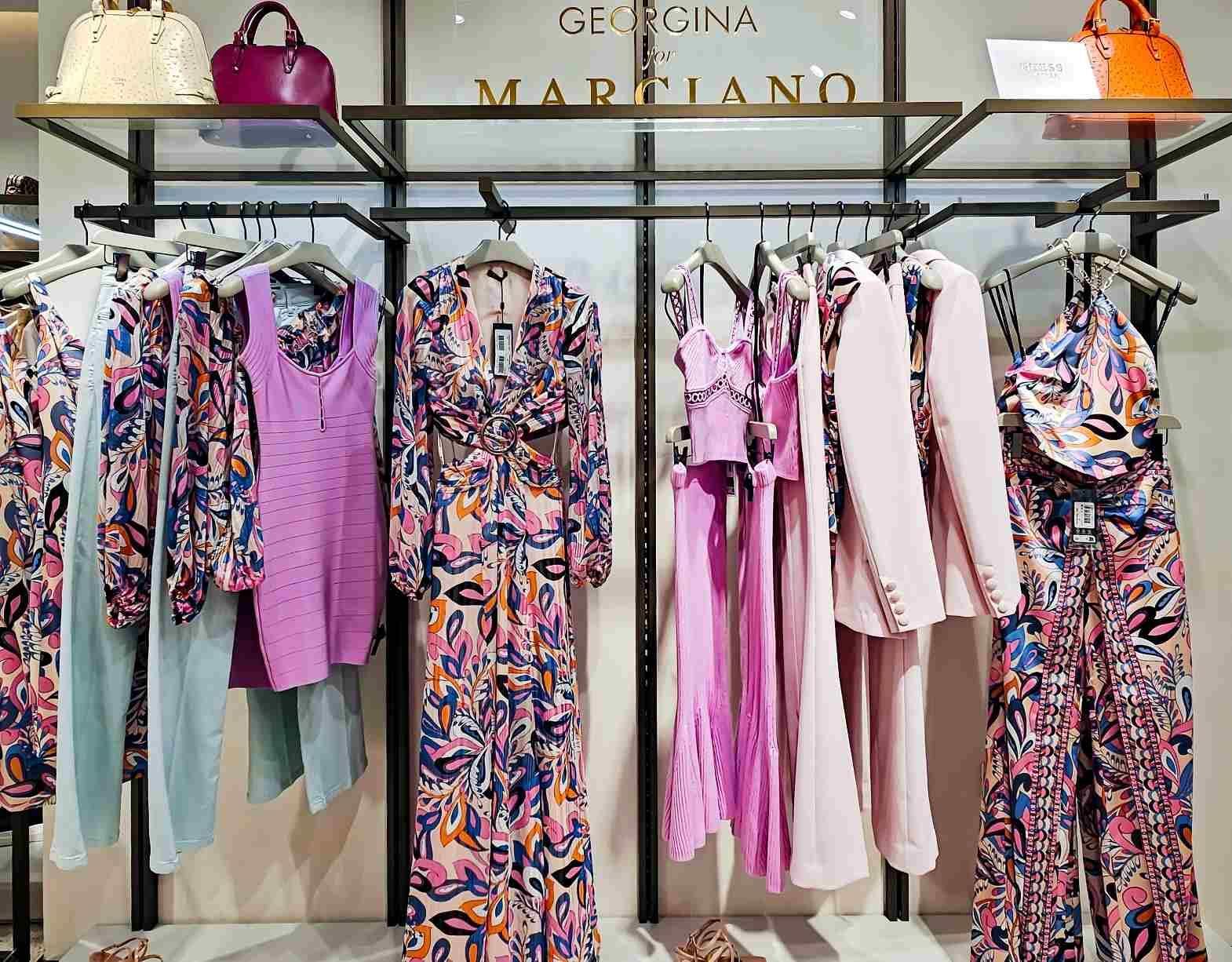Retail sales are a significant indicator of the global economy's progress and reflect consumer spending patterns and habits. The individuals and companies involved in manufacturing, distributing, marketing, and selling goods can benefit when the economy is advancing. Conversely, when consumers delay purchases, it can weigh on the economy and slow down its growth. In the textile industry, the retail sector has experienced fluctuations worldwide.
Sales of luxury clothing brands and other brands have not been consistently strong. Prior to the global economic downturn, the textile and apparel retail sector was thriving, but the economic slowdown led to a gradual decline in overall textile goods sales. While many parts of the world are still recovering from the crisis, progress is slow, particularly in Europe, where people are still adjusting to the economic challenges.
The retail textile and fashion industry in Europe represents the continent's luxurious culture. The European economy heavily relies on the creative ingenuity of the retail textile industry for recovery. The multifaceted and versatile connections between designers, manufacturers, retailers, and consumers make the textile retail sector an integral part of the overall economic strengthening process. European fashion and high-end industries embody European cultural heritage and expertise, forming complex and interconnected value chains from design and manufacturing to the distribution and retail of fashion goods.
The growth of the European clothing market has been limited to a modest 3.1 percent over the past five years, and this trend has continued into 2014. Despite signs of gradual improvement in the European economy, growth in the textile and apparel retail sector has been sluggish over the past two years. Some European Union nations, particularly Greece and Spain, are still grappling with high unemployment rates and low disposable income, which has led to declining growth in the consumer market for clothing and textiles.
Based on the current scenario, it is estimated that it will take the European Union until 2017 to achieve the expenditure peak of 296.2 billion euros seen in 2007. This extended recovery period highlights the challenges the retail textile sector has faced in bouncing back from the economic turmoil.
However, despite the slow recovery, there are still opportunities for growth in the European Union's retail textile sector. Germany, in particular, stands out as a leading European country in the clothing sector. Germany's strong economy has attracted major brands to open stores in the country, providing consumers with fashion-forward offerings, reasonable prices, and an ideal commercial environment for retail houses.
These factors have been important in differentiating Germany from the other European nations. Another market that has displayed maturity in dealing with economic crisis is the United Kingdom. The United Kingdoms retail clothing sector is going strong and it has also attracted attention of international brands. The growth in retail clothing has bolstered the overall economy of Germany and United Kingdom. Some international brands have also shown keen interest in expanding business in these two European countries.
According to data gathered from the EU trade statistics website, the five member states of the union with the largest populations also generated the most value added retail activities: Germany was the largest at 86.5 billion, the United Kingdom at 76.8 billion, Italy 50.1 billion, France 72.6 billion, and Spain 43.1 billion.
The smaller markets in Central and Eastern European region like Poland, the Czech Republic and Romania have also shown immense growth potential. These countries can play a promising role in helping retail clothing chain stores find new target audience. Also, the new retail space, ongoing development in infrastructure, investments in retail clothing by luxury brands and rising disposable income of consumers would ensure high growth rate of retail clothing in these smaller markets. With the current pace, these countries can expect growth rate of 19 percent in the next five years in retail clothing.
In the other European countries like Spain and Portugal, where the growth rate of retail clothing has been a little over 10 percent between 2009 and 2014, there are opportunities for value retailers and brands with fast fashion edge to find new customer base. These retail stores can easily attract the customers from local shops, as the disposable income is subsequently improving.
Nevertheless, the inclusive growth of the sector will take place only by 2015. The performance of the retail clothing market is predicted to speed up at an anticipated Compound Annual Growth Rate (CAGR) of 2.8 percent by the year 2017. This will push the retail clothing market to a value of $ 700.6 billion by the end of 2017. When compared to the 2013 data for the overall size of the textile and clothing industry in the European Union, the turnover was 166 billion, according to Euratex.
The mindset of the consumers is changing gradually and certain markets in the European Union will witness the retail clothing sector prosper. The markets that are experiencing slowdown will also recover in the next three to five years, but finding fresh investments in present state of affairs will be a Herculean task for these regions. The overall growth of the EUs retail textile and clothing sector will improve significantly, as the income rises and competition grows.
References:
1. Verdictretail.com
2. Marketresearch.com
3. Ec.europa.eu
4. Stockenews.com
5. Euratex.eu








Comments